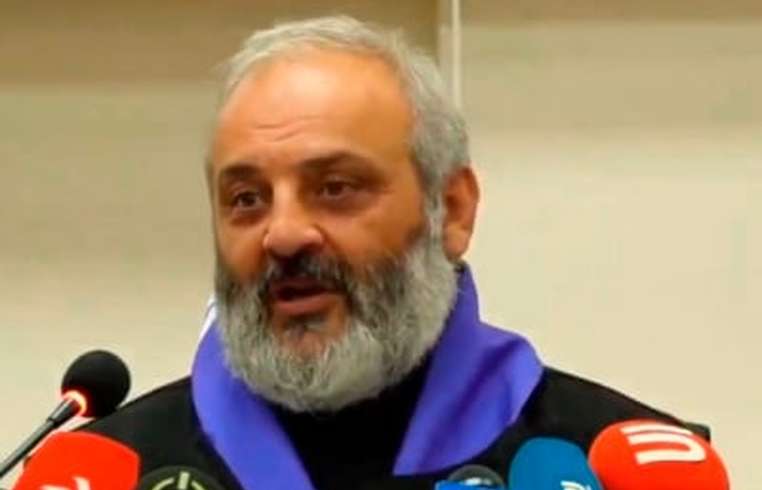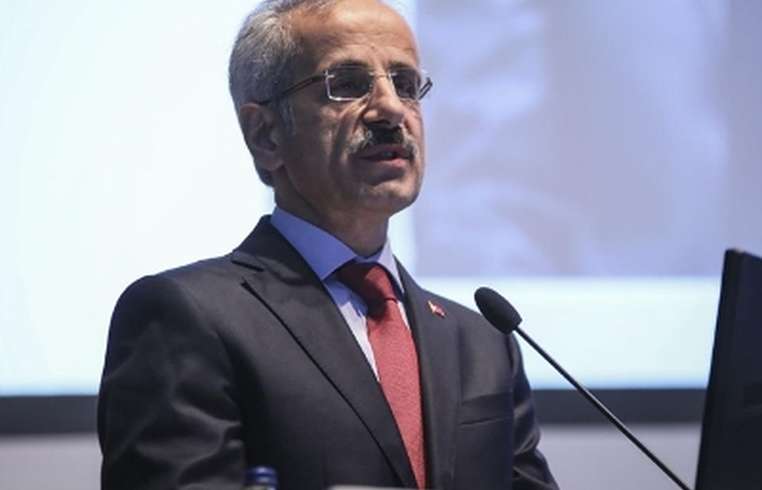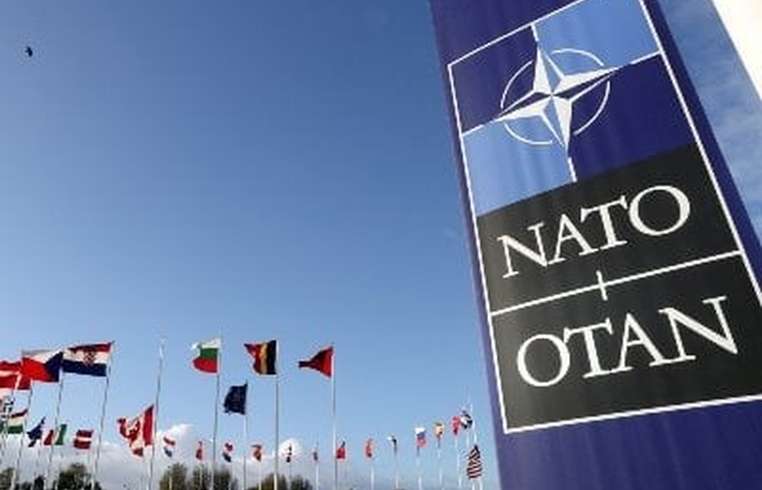
News - Archbishop Bagrat Galstanyan: US Embassy in Armenia has to respond to the June 12 bloodshed
Business Strategy
Archbishop Bagrat Galstanyan: US Embassy in Armenia has to respond to the June 12 bloodshed

In a sense, I am glad that all the attributions of these people to this movement have disappeared, although they are making every effort to identify this movement with Russian and other forces. The leader of the opposition Tavush for the Homeland movement of Armenia, Archbishop Bagrat Galstanyan, told this to a press conference Wednesday. "They continue this because they think that every person or movement can be like themselves. At the moment, the support of foreign forces—at least visible, some passive, some active—raises questions for us. I say especially to the Western forces: are they for the movement? Against the movement? They must make a record of the incident that occurred [on June 12]; they cannot avoid [it]. I am telling [this] especially to the US Embassy because the [Armenian] police reforms were carried out, or are being carried out, with their funds. Did they expect such reforms? They have to respond to the bloodshed of June 12," said Archbishop Galstanyan. He noted that many international human rights organizations, which are neutral, as well as Armenian human rights associations, have reacted—and very strongly—to the aforesaid incident. "If they think that democracy looks like this, then I wish that the same democracy be at them," Galstanyan added. Earlier, Armenian News-NEWS.am reported that during the June 12 protests on Marshal Baghramyan Avenue—nearby the Armenian parliament building, a large number of police officers used brutal force against the demonstrators. The police used stun grenades, as a result of which many people were injured, and one person's hand was cut. Reporters covering the event were also injured; the cameraman of Armenian News-NEWS.am suffered a broken leg as a result of the use of stun grenades. According to the Ministry of Health of Armenia, 101 civilians and police officers sought medical help as a result of these events that took place on Marshal Baghramyan Avenue.






